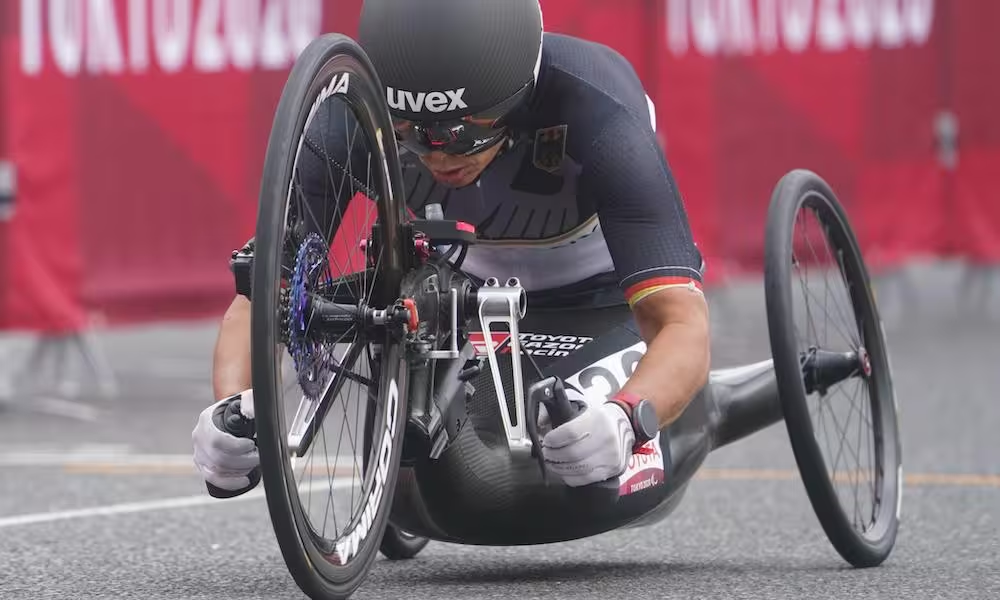Activities at the Toyota Gazoo Racing Europe (TGR-E) headquarters in Cologne mainly focus on the Japanese compamy’s works Le Mans programme and parts manufacturing. However, under the skin, a small band of engineers is working away in the background on a niche mission that has delivered success at one of the world’s biggest sporting events.
For 12 years now, TGR-E has housed a parasports division, responsible for developing racing wheelchairs, high-tech handbikes and prosthetic limbs for Paralympic athletes.
Utilising the engineering facilities and expertise housed within TGR-E, the parasports programme has delivered equipment on a case-by-case basis for German para cyclist Andrea Eskau, South African shot putter Tyrone Pillay and Guinea-born German wheelchair racer Alhassane Baldé.
Eskau, who was the project’s first athlete, won gold in the H5 category road race at Rio 2016 aboard a handbike fitted with a seat inset developed in Cologne. TGR-E then made an updated version of the handbike, with which Eskau competed at the Tokyo 2020 and this year’s Paris Games.
Toyota isn’t the first motorsport or automotive manufacturer to be involved in parasports. BMW’s North American car division worked with the US Paralympic team to develop racing wheelchairs and Italian motorsport constructor, Dallara, built the carbon fibre handbike in which two-time CART champion, Alex Zanardi, won three medals (two gold, one silver) at London 2012 and Rio 2016 respectively.
Companies such as these, with experience in the production of lightweight and strong components, are a natural fit for parasports, especially the wheeled disciplines. This is partly because of their expertise in dealing with composites and structures, but also because they can provide athletes with the high quality, bespoke equipment they need to shine.
For Toyota, parasports is small fry compared to its factory motorsport programmes. It isn’t even a dedicated department; its engineers have full-time jobs in other parts of the TGR-E company and dip into parasports work as and when required.
‘It’s really a case-by-case project, depending on an inquiry, or an athlete who has a certain request and, of course, depending on available capacities on the design and production sides,’ says Norbert Schäfer, project manager of TGR-E parasports.
‘The good thing is that all our projects have, and had, top management back up. With certain exceptions, I think we can…
Click Here to Read the Full Original Article at Racecar Engineering…

